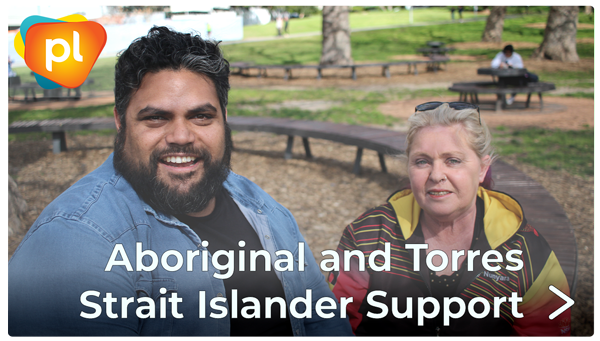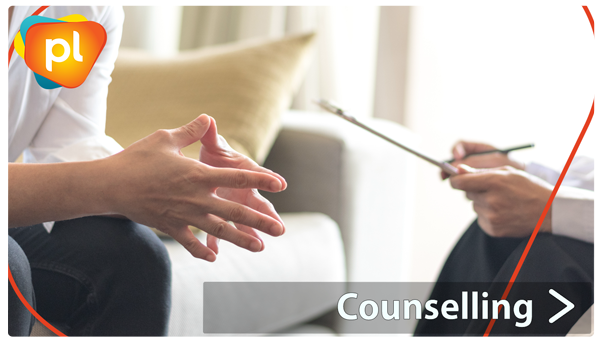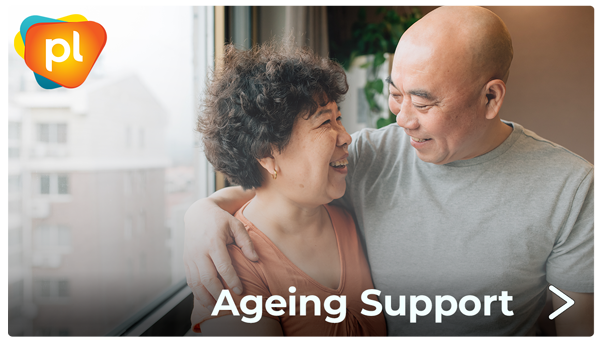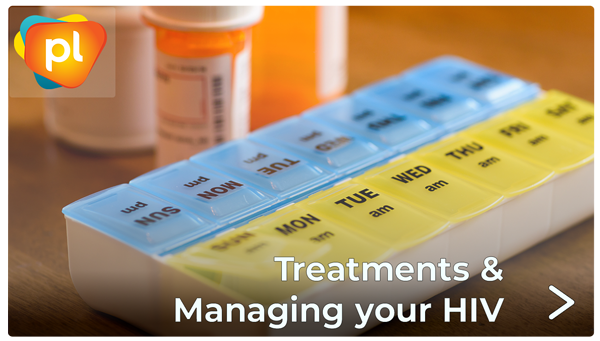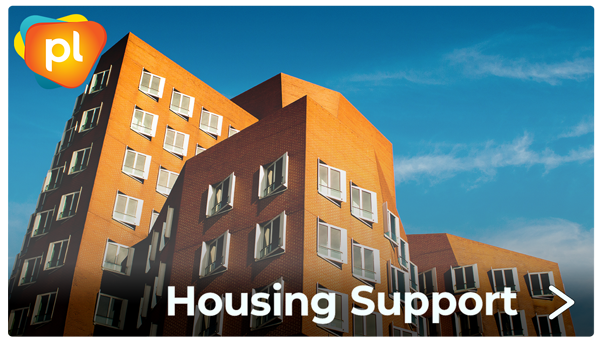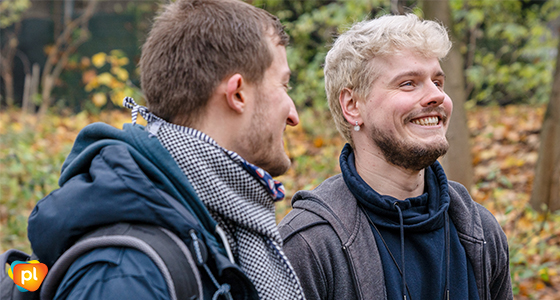
Sitting down to indulge in the guilty pleasure of watching Married At First Sight or First Dates Australia has become a ritual for many of us over the past couple of years of COVID-19 lockdowns, where we have nothing but time to gawk at the awkwardness of dating.
As we come out of our long COVID slumbers and we start going out more, it is inevitable many of us will take part in our own clumsy social dances. Yet for people living with HIV, we have more than just small talk and a chat about what we do for work, to discuss with potential partners. Every time we date someone, we consider disclosure and how we might navigate talking about HIV. Do we open ourselves up to full scrutiny from people who may know little to nothing about HIV, let alone the lived experience of it in 2022, and if we do, how do we go about this?
If we are lucky, we might just be sitting across from someone who is also living with HIV. I will never forget my first hookup from a dating app after I was diagnosed with HIV and received my first undetectable viral load result. I turned up, fully prepared to have a long winded conversation. I had a photo of my results on my phone, and from what I had learnt in my recently diagnosed workshop for people living with HIV and from friends living with HIV, I had to be prepared for any outcome. “I need to tell you, I am HIV positive, I’m undetectable, and this means that…” and he stopped me and said “that’s cool I’m undetectable too.” Easy!
That was lucky chance, more likely than not we will end up with partners (whether for one dance, one night, or your whole life) who are HIV negative and don’t necessarily understand what it’s like to live with HIV.
Serodiscordant relationships (where at least one partner is HIV positive and the other/s are HIV negative) will be more common.
Although they don’t come without challenges, any relationship or connection we can make with other people improves our quality of life.
So here are my top five things to look out for as you embark on your own search for love and lust in a time where people living with HIV face fewer barriers to serodiscordant relationships, thanks to PrEP, U=U (also known as TasP or treatment as prevention), and HIV education, yet still experience HIV stigma.
1. Be open to possibilities and do what you need to safely navigate serodiscordant relationships.
Our HIV status shouldn’t be a barrier to our romantic lives, no matter where we are at in our journey of living with HIV, we all approach relationships differently. Being prepared for any outcome, as I was warned to be, doesn’t just mean be prepared for negative outcomes.
While it is important for us to be aware of potential rejection and stigma, it is also important to be open to positive experiences! The fear of negative outcomes and also the internalised HIV stigma many of us face can stop us from venturing out. This limits us and can affect our quality of life. Imagine the possibilities that are out there if we face some of our fears.
However, what is most important in all of this is your safety and happiness. If there are situations that make you uncomfortable, do not feel bad for avoiding them or removing yourself from them. We can find the right resources that are relevant for us, and the support systems that work for us to build our confidence. A serodiscordant relationship is just a relationship. While living with HIV and dating may require some extra effort, it’s usually well worth it.
2. If you face HIV stigma, you can control how you react.
HIV stigma in serodiscordant relationships may show itself in many, sometimes unexpected ways. It may not even be between yourself and your HIV negative partner, it could be stigma from friends or family, it could be discrimination in healthcare settings, or from somewhere else.
While stigma is incredibly hurtful, there are ways you can use these encounters to build your own resilience and confidence. In my own long-term relationship, HIV had never reared itself in a negative light until I experienced a very minor viral blip. My doctor treated me like I was a threat to my partner even though I was still undetectable.
This experience was stigmatising and incredibly frustrating for me. Yet it showed me that HIV stigma can come from unexpected places. I realised I had the knowledge to reassure myself that I am normal and safe. I also had the power to leave these stigmatising situations. After this experience, I found a more informed doctor who understood ‘viral blips’ were part of my life, and not a health crisis.
3. Be prepared to offer some HIV 101.
As tedious as it might be, those of us living with HIV are often expected to be educators. Whether it’s with friends, family, partners, or random hookups who are not living with HIV, we’re often called on to share our own HIV knowledge. Managing other people’s expectations of what amount of information we can provide is an important way to keep sane.
Some of us find ourselves as advocates and can talk endlessly on the topic, but the rest of us just want to get on with life. While HIV negative people don’t have a right to our private medical history, if we share it, it is offered as a kindness and an invitation to be part of us. Every time we disclose, we open ourselves up to scrutiny and possibilities. I like to think of disclosure as bringing that person along on my journey. Some people will ask for way too much information. I’ve had potential lovers ask for statistics, my own sexual health history, and my viral load data from the last 24 months, when really this is completely unnecessary and they have no right to be so invasive. People living with HIV who use reasonable precautions during sex to prevent HIV transmission are completely within the law. When you’ve had an undetectable viral load for at least six months, you’re physically unable to transmit HIV to another person.
These detailed questions about facts and figures simply shows the incredible stigma and anxiety that exists in the broader community. While it might feel awkward to shut down someone’s line of questioning about HIV, I think it’s more worthwhile to respectfully and firmly say while they have this level of anxiety around the topic, they might need to find someone else, such as a clinician to settle their fears. Stay confident, in control and sure of yourself. This shows me just how important it is for us all to access relevant information on HIV for ourselves and for our partners. Knowledge is power.
4. Your undetectable viral load is enough and will prevent HIV transmission alone even if your partner isn’t on PrEP.
There has not been a single recorded case of HIV transmission from someone with an undetectable viral load to someone who is HIV negative. The science is in on this people! When we take our HIV medication as prescribed, we use HIV treatment as prevention (TasP), also called ‘U=U’. An undetectable viral load for at least six months means HIV is untransmissible.
A person who believes they are HIV negative, but hasn’t been tested, is more likely to pass on HIV than someone who knows they are HIV positive, on HIV medication with an undetectable viral load.
Serodiscordant relationships are safe relationships, no matter what other HIV preventatives are used, so long as we are using U=U. My own HIV negative partner decided to stop using PrEP when I became ‘undetectable’, but they said to me that they were happy to continue with it so that the burden of HIV prevention doesn’t fall solely on me. I said, “Don’t be silly, my medication is enough for both of us”, and here we are three years later, safe and happy. To hear an HIV negative person acknowledge that HIV positive people have carried the HIV prevention burden for decades, not just medically but socially, was one of the most eye-opening experiences for me.
To be trusted, to have the science, and to have my HIV negative partner embrace all of it was a gift. We all bear the responsibility for the prevention of all sexually transmittable infections including chlamydia, gonorrhoea, syphilis, lymphogranuloma venereum, hepatitis B and HIV. Today we have a range of HIV prevention tools, such as condoms, PrEP, PEP, and other strategies, including the scientifically proven reliability of our undetectable viral loads.
5. HIV is not our only experience of life.
We bring our whole selves including all our other experiences into our serodiscordant relationships. Today HIV is a manageable chronic health condition which we all experience differently.
Here in NSW, we’re privileged to have access to incredible medications and support systems that make HIV just a footnote in our life rather than a giant exclamation point.
At the end of the day, you may find that in a serodiscordant relationship, your HIV status has no impact at all. It’s often everything else in our complex, diverse, well-lived lives that we bring into a relationship that shape that relationship.
How we communicate, how we respectfully acknowledge each other’s lived experiences, how we embrace our intersectionalities, even how we kiss (still something I’m no good at!) are more important things than our HIV status. All of this is pretty obvious to us, so let’s bring our HIV negative partners along on the journey. I reckon everyone benefits from this.
Published in Talkabout #202 April 2022

